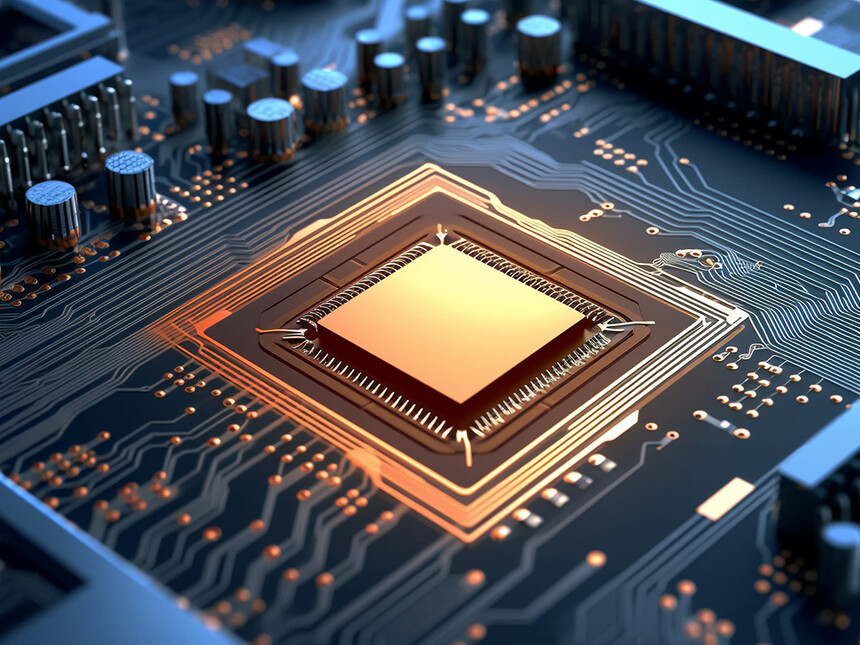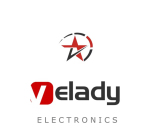|
Commonly Used Electronic ComponentsCommonly Used Electronic Components.Electronic components are the fundamental building blocks of any electronic circuit or system. They come in various shapes, sizes, and functionalities, each serving a specific purpose within the circuitry. Understanding the different types of electronic components and their uses is crucial for anyone working in the electronics field, whether as a hobbyist, engineer, or technician. In this article, we will explore some of the most commonly used electronic components and their applications.
Resistors Resistors are passive electronic components that oppose the flow of electric current. They are used to control the current in a circuit, protect other components from excess current, and create specific voltage drops. Resistors are typically color-coded to indicate their resistance value, tolerance, and sometimes their power rating. They are widely used in circuits to adjust signal levels, divide voltages, and limit current. Capacitors Capacitors are electrical components that store electrical energy in an electric field. They consist of two conductors separated by an insulator (dielectric). Capacitors are used in circuits for various reasons, including smoothing the rectified output of a power supply, coupling signals between stages of amplification, and tuning resonant circuits. Different types of capacitors are available, including ceramic, electrolytic, tantalum, and film capacitors, each suited for specific applications. Inductors and Transformers Inductors are passive electronic components that store energy in a magnetic field. They are typically used in circuits to filter out high-frequency noise and in resonant circuits. Transformers, on the other hand, are devices that transfer electrical energy from one circuit to another through inductively coupled conductors—the transformer's windings. Transformers are widely used in power supplies, amplifiers, and other electronic equipment to step up or step down voltage levels. Diodes Diodes are two-terminal electronic components that conduct current primarily in one direction (asymmetrical conductance). They are used as rectifiers (converting alternating current to direct current), as voltage regulators, in signal demodulation, and as signal detectors. Different types of diodes include silicon diodes, zener diodes, and Schottky diodes. Transistors Transistors are semiconductor devices used to amplify or switch electronic signals and electrical power. They are the fundamental building blocks of modern electronics and are found in almost all electronic devices today. There are two main types of transistors: bipolar junction transistors (BJTs) and field-effect transistors (FETs). BJTs are current-controlled devices, while FETs are voltage-controlled devices. Transistors are used in amplifiers, oscillators, timers, and digital circuits. Integrated Circuits (ICs) Integrated circuits, or ICs, are miniaturized electronic circuits etched onto a single silicon chip. They combine multiple transistors, resistors, capacitors, and other electronic components into a single package, greatly reducing the size and complexity of electronic devices. ICs are used in a wide range of applications, from microprocessors and memory chips in computers to amplifiers and converters in audio equipment. Switches and Relays Switches are electromechanical devices that allow or interrupt the flow of current in a circuit. They are used to control various electronic devices manually or automatically. Relays, on the other hand, are electrically operated switches that can be controlled remotely. They consist of an electromechanical device with contacts that can be opened or closed by an electromagnet. Switches and relays are widely used in control systems, automation, and protection circuits. Connectors and Terminals Connectors are devices used to join electrical conductors and create an electrical circuit. They are designed to be easily connected and disconnected, facilitating the assembly and disassembly of electronic devices. Terminals, on the other hand, are the points at which wires are connected to the circuit. Connectors and terminals are crucial in ensuring reliable and efficient electrical connections in electronic systems. Sensors Sensors are devices that detect and respond to some type of input from the physical environment, such as light, heat, pressure, or motion, and convert it into an electrical signal that can be measured or recorded. They are widely used in automation, process control, and monitoring systems. Different types of sensors include temperature sensors, pressure sensors, light sensors, and motion sensors. LEDs and LCDs LEDs (Light Emitting Diodes) and LCDs (Liquid Crystal Displays) are commonly used electronic display devices. LEDs are small light-emitting devices that are used as indicators or for illumination in electronic devices. LCDs, on the other hand, are flat-panel displays that use liquid crystals to modulate light and create images. They are widely used in computers, televisions, and other consumer electronics. In conclusion, the above-mentioned components are just some of the most commonly used electronic components.in various electronic circuits and systems. Understanding their functions and applications is essential for anyone working in the electronics field. Each component plays a crucial role in the overall functioning of an electronic system, and mastering their use is key to designing and building reliable and efficient electronic devices. |






